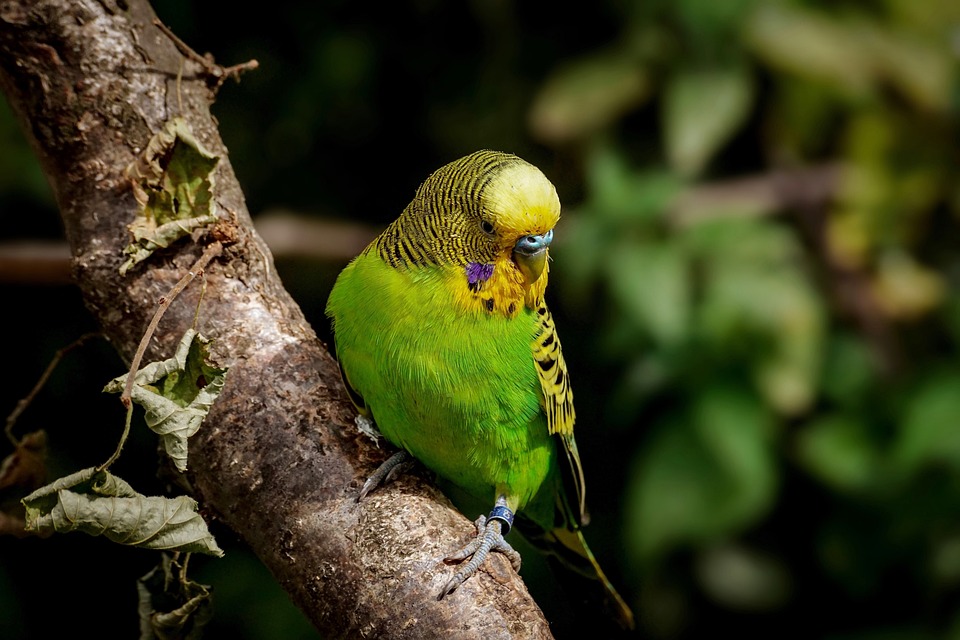Parrots, like humans, can develop fears and phobias that can greatly impact their well-being. Whether it’s a fear of certain objects, loud noises, or even people, it’s important for parrot owners to address these issues to ensure a happy and stress-free life for their feathered friends. One effective method for tackling such fears is through desensitization. In this article, we will explore what desensitization is and how you can use it to help your parrot overcome its fears. We will also address some frequently asked questions related to parrot behavior and desensitization.
Understanding Desensitization: A Key to Overcoming Fear
Desensitization is a behavioral technique commonly used to help animals, including parrots, overcome their fears and phobias. The process involves gradually exposing the parrot to the feared object or situation in a controlled and positive manner. By repeatedly exposing the parrot to the fear-inducing stimulus, but at a level that doesn’t trigger extreme fear or distress, we aim to reduce the parrot’s fear response over time.
Step-by-Step Guide to Desensitizing Your Parrot
1. Identify the Fear: Observe your parrot closely to identify the specific object or situation that triggers fear or phobia. It could be anything from a particular noise, a specific person, or even a certain type of food dish.
2. Create a Hierarchy: Once you have identified the fear-inducing stimulus, create a hierarchy of exposure levels. Start with the least threatening form of the stimulus and gradually progress to more intense forms. For example, if your parrot is afraid of a certain toy, you can start by placing it at a distance and gradually bring it closer over time.
3. Create a Positive Association: Associate the presence of the fear-inducing stimulus with positive experiences for your parrot. This could be through treats, favorite toys, or praise. For example, whenever your parrot is exposed to the stimulus, reward it with its favorite treat or engage in a fun play session.
4. Gradually Increase Exposure: Slowly increase the intensity of exposure to the fear-inducing stimulus over time, ensuring your parrot remains calm and comfortable throughout the process. It’s crucial to proceed at a pace that doesn’t overwhelm your parrot, as this could reinforce its fear.
5. Consistency is Key: Consistency is vital when desensitizing your parrot. Regularly expose your parrot to the stimulus, sticking to the hierarchy you created, and maintain a positive association each time. With time and patience, your parrot will become more comfortable and less fearful.
FAQs: Addressing Common Concerns about Parrot Behavior and Desensitization
1. Q: How long does desensitization usually take?
A: The time it takes for desensitization to be effective varies from parrot to parrot. It can range from a few weeks to several months, depending on the severity of the fear or phobia and the individual bird’s personality.
2. Q: Can desensitization work for all parrots?
A: Desensitization can be effective for most parrots, regardless of their age or species. However, it’s essential to consult with an avian behaviorist or an experienced parrot trainer to ensure you’re using the correct techniques and considering any unique factors related to your parrot’s species.
3. Q: Are there any risks involved in desensitization?
A: When done correctly and with the guidance of a professional, desensitization poses minimal risks. However, if the process is rushed or mishandled, it could potentially reinforce the fear or cause additional stress to your parrot. Always prioritize your parrot’s well-being and seek expert advice if needed.
4. Q: Can I use desensitization for aggression-related fears?
A: Desensitization can be beneficial for addressing aggression-related fears. However, it’s crucial to address the underlying causes of aggression and work with a professional to ensure the safety of both you and your parrot.
By employing desensitization techniques and being patient and consistent, you can help your parrot overcome its fears and phobias, leading to a happier and healthier feathered companion. Remember, seeking professional guidance is always beneficial, as they can provide tailored advice based on your parrot’s specific needs.









